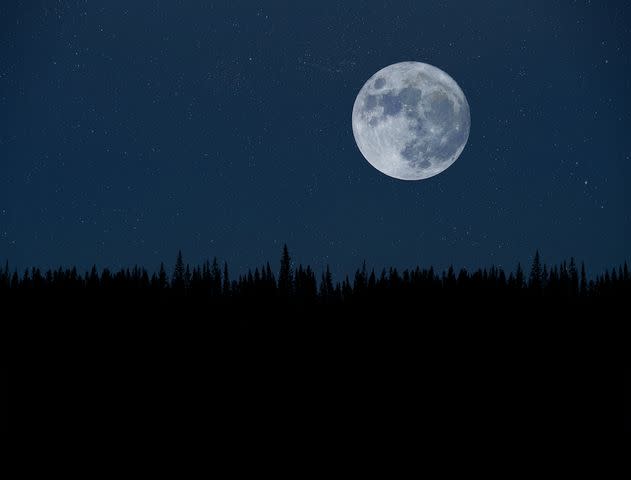Winter Solstice Occurs Next Month—Here's What You Need to Know About the Annual Event
The phenomenon occurs when half of Earth is tilted as far from the sun as possible.
The first signs of winter have already begun—temperatures are starting to drop, the days are getting shorter, and the holiday season is swiftly approaching. But the first day of astronomical winter won't officially occur until the winter solstice, which falls on Thursday, December 21 at 10:27 p.m. EST, according to the Old Farmer's Almanac.
The winter solstice is when we experience the fewest hours of daylight throughout the year—also known as the shortest day of the year. For the Northern Hemisphere, the winter solstice occurs annually on December 21 or 22. In the Southern Hemisphere, the shortest day of the year happens in June.
The phenomenon occurs due to Earth's tilted axis, which makes it so that half of the planet is pointed away from the sun. During the solstice, it reaches the farthest from the sun that it can get. This means that the sun's path across the sky is at its lowest point, causing Earth to receive less sunlight and warmth on that day, according to the Smithsonian Science Education Center.

Jasmin Merdan/Getty Images
Related: It's Going to Be a Very Snowy Winter—See the Old Farmer's Almanac Forecast Map Here
To picture Earth's axis, imagine a pole going straight through the planet's center from top to bottom. Earth spins around the pole, making one complete turn each day, which is why we have day and night, NASA explains. Seasons change on Earth because the planet is slightly tilted as it travels around the sun.
Although winter solstice is the shortest day of the year, you don't have to worry about it being the coldest. Many factors dictate the temperature of a location, including altitude, snow cover, and large-scale weather patterns, according to the Old Farmer's Almanac. Because there are so many factors, it's hard to predict which day of the year will be the coldest.
To observe the effects of the solstice, stand outside on December 21 at noon and look at your shadow. It's the longest shadow you'll cast all year, notes the Old Farmer's Almanac. During the summer solstice—the longest day of the year—you'll barely see your shadow at all.
Read the original article on Martha Stewart.
